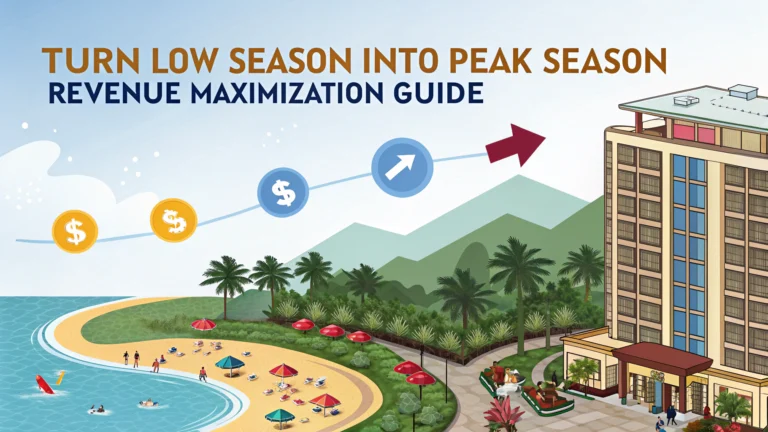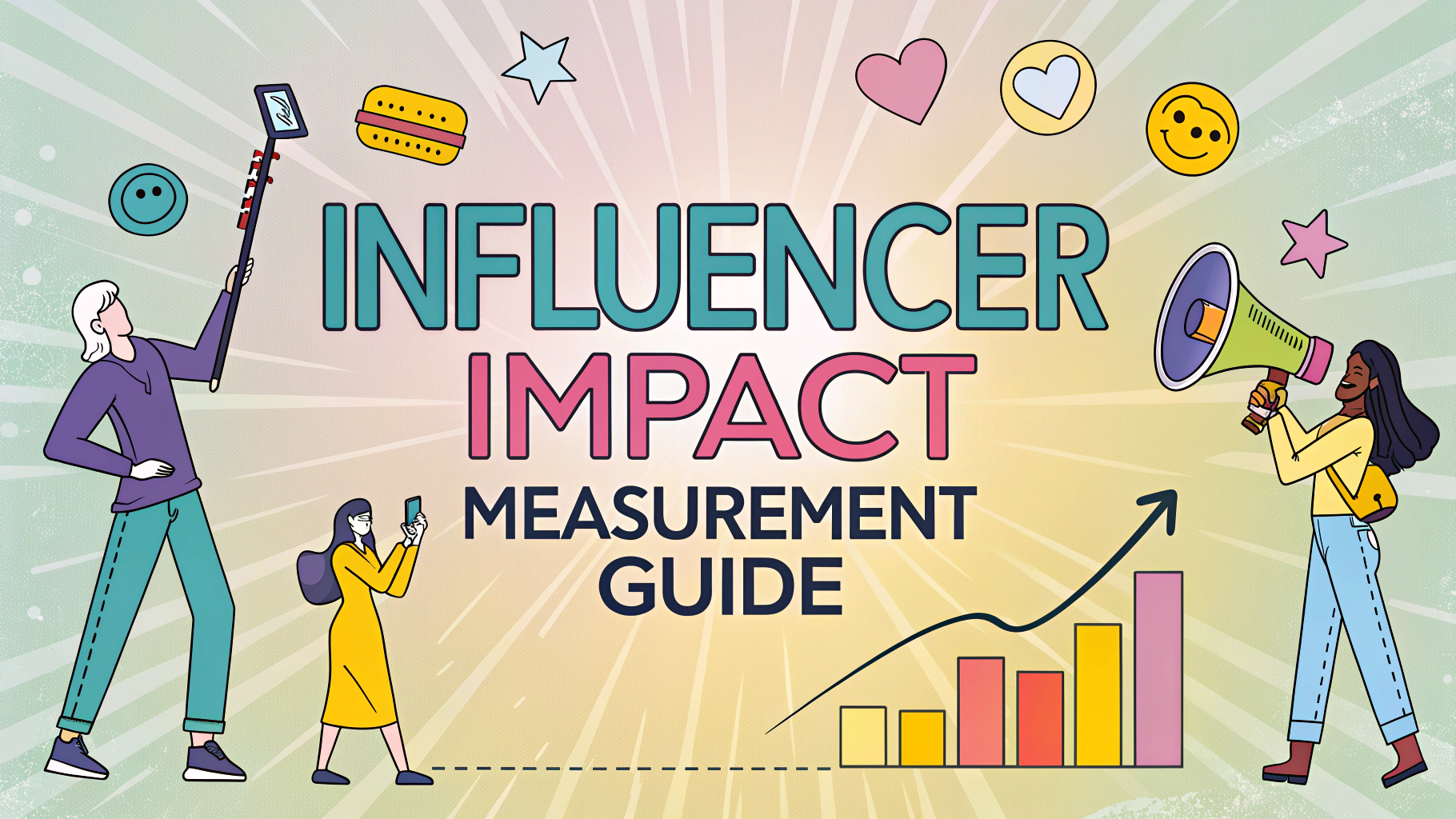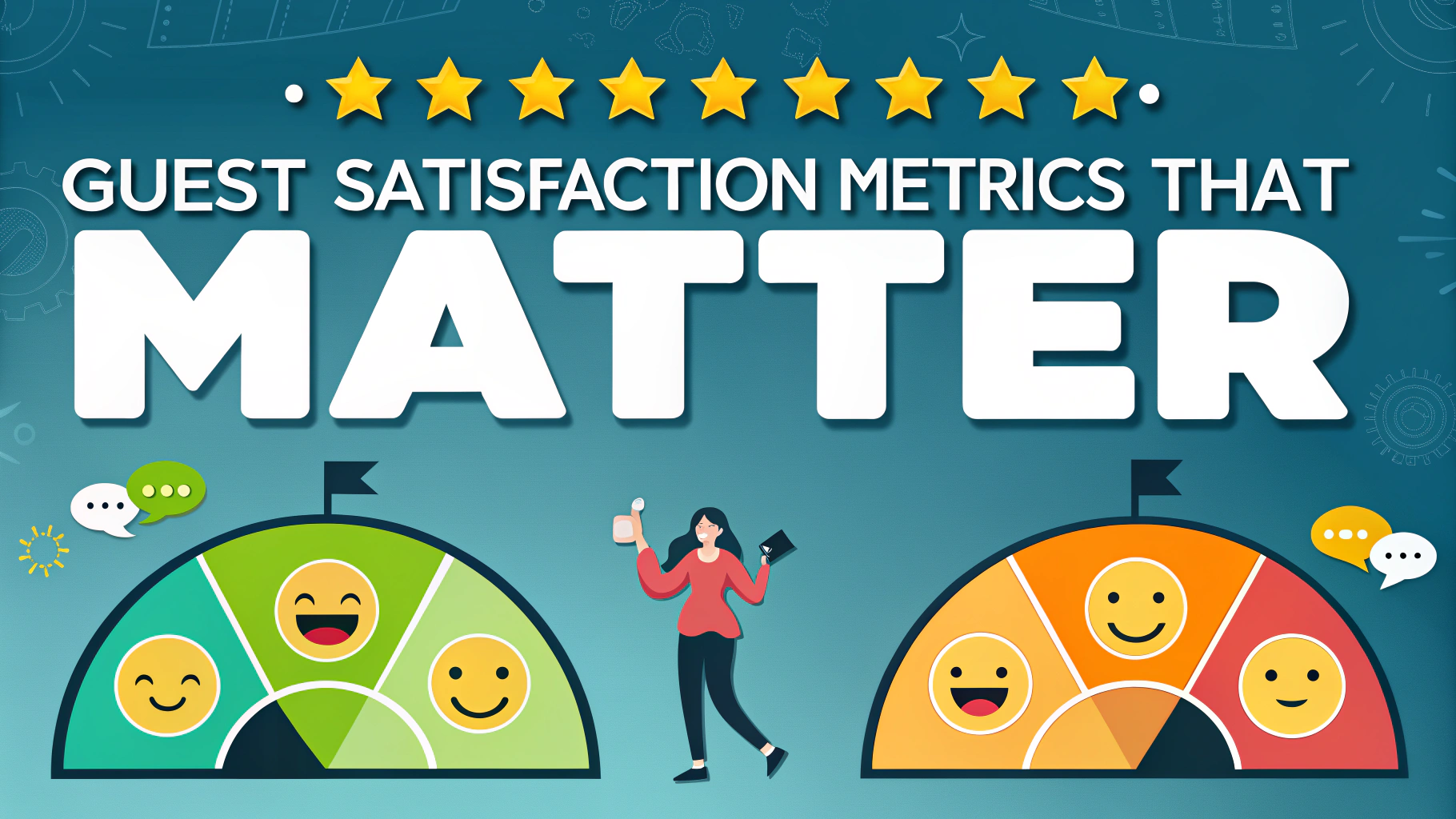Hotel occupancy rates often plummet during off-peak seasons, presenting a significant challenge for revenue managers and hotel owners.
Smart strategies and creative marketing approaches can transform these quiet periods into profitable opportunities for your property.
This guide outlines practical methods to boost bookings during traditionally slow periods while maintaining healthy profit margins.
Understanding Your Low Season
- Track historical booking data
- Analyze local events and seasonal patterns
- Monitor competitor pricing strategies
- Review guest demographics during slow periods
Strategic Pricing Techniques
Implement dynamic pricing that adjusts rates based on real-time demand and market conditions.
- Create value-added packages instead of straight discounts
- Offer longer-stay incentives
- Design special rates for specific market segments
- Bundle services with room rates
Target Market Diversification
- Business travelers (mid-week focus)
- Local “staycation” guests
- Special interest groups
- Corporate retreat planners
Create Seasonal Experiences
Design unique activities and packages that embrace the characteristics of your low season.
- Indoor wellness retreats during rainy seasons
- Photography workshops in winter landscapes
- Cooking classes with seasonal ingredients
- Local cultural immersion programs
Marketing Strategies for Low Season
- Email marketing campaigns to past guests
- Social media promotions highlighting unique experiences
- Partnership with local attractions and businesses
- Early bird booking incentives
Revenue Management Tools
Utilize technology to optimize pricing and distribution.
- Revenue management systems (RMS)
- Channel management software
- Booking engine optimization
- Demand forecasting tools
Corporate and Group Business Focus
- Create specialized corporate packages
- Offer meeting room discounts
- Design team-building activities
- Provide group booking incentives
Alternative Revenue Streams
Explore additional income sources during slow periods.
- Restaurant promotions for local residents
- Spa day packages
- Event space rentals
- Local membership programs
Maximizing Success in Off-Peak Periods
Track and analyze the results of your strategies to refine your approach continuously.
- Monitor RevPAR trends
- Collect guest feedback
- Adjust pricing strategies based on data
- Build long-term relationships with repeat customers
| Season | Strategy Focus | Target Market |
|---|---|---|
| Winter | Indoor activities, wellness | Corporate groups, wellness seekers |
| Spring/Fall | Local events, nature activities | Weekend travelers, couples |
| Off-peak Summer | Business facilities, conferencing | Corporate clients, event planners |
Staff Training and Development
Equip your team with the skills needed to execute low-season strategies effectively.
- Cross-training for multiple roles
- Sales and upselling techniques
- Customer service excellence
- Cultural awareness training
Facility Maintenance and Upgrades
Utilize slower periods for property improvements without disrupting peak season operations.
- Schedule renovations during off-peak times
- Update amenities and facilities
- Implement energy-efficient solutions
- Enhance digital infrastructure
Guest Experience Enhancement
- Personalized welcome packages
- Enhanced room amenities during low season
- Exclusive access to facilities
- Customized itineraries
Distribution Channel Optimization
Fine-tune your distribution strategy to maximize visibility during slow periods.
- OTA relationship management
- Direct booking incentives
- Metasearch engine presence
- Strategic partnerships with travel agents
Building Year-Round Success
Transform seasonal challenges into opportunities for sustainable growth and improved profitability.
- Develop year-round appeal through diverse offerings
- Build strong relationships with key market segments
- Create a resilient revenue strategy
- Establish your property as a destination for all seasons
FAQs
- What defines low season in the hotel industry, and when does it typically occur?
Low season typically occurs during non-peak travel periods, often influenced by weather conditions, local events, or business cycles. For leisure destinations, this usually falls during shoulder months or off-peak weather periods. - What are the most effective pricing strategies to boost occupancy during low season?
Dynamic pricing, value-added packages, length-of-stay discounts, and targeted promotional rates for specific market segments are proven strategies. Implementing flexible cancellation policies can also encourage bookings. - How can hotels leverage digital marketing to increase low season bookings?
Through targeted social media campaigns, email marketing to past guests, search engine marketing (SEM), and creating seasonal content that highlights unique low-season experiences and attractions. - What types of packages work best for converting low season periods into profitable ones?
Packages combining room stays with dining experiences, spa treatments, local attractions, or special events tend to perform well. Business-focused packages with meeting room inclusions can attract corporate clients. - How can hotels attract different market segments during low season?
Target local staycationers, business travelers, special interest groups, and MICE (Meetings, Incentives, Conferences, and Exhibitions) segments with tailored offerings and marketing messages. - What role do OTAs play in maximizing low season revenue?
Online Travel Agencies can provide wider market reach and visibility. Strategic use of OTA promotions, while maintaining rate parity, can help fill rooms during slow periods. - How can hotels optimize operational costs during low season without compromising service quality?
Through efficient staff scheduling, energy management, selective outlet operation hours, and smart inventory management while maintaining essential service standards. - What are effective ways to create demand during traditionally slow periods?
Creating special events, partnering with local attractions, developing themed experiences, and implementing targeted loyalty program promotions can generate demand during off-peak times. - How can hotels use data analytics to improve low season performance?
By analyzing historical booking patterns, customer behavior, pricing effectiveness, and market trends to make informed decisions about pricing, marketing, and resource allocation. - What role does revenue management play in transforming low season performance?
Revenue management helps optimize pricing and inventory strategies based on demand forecasting, competitive analysis, and market segments to maximize revenue potential.







